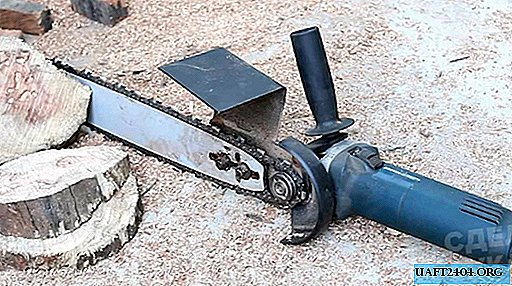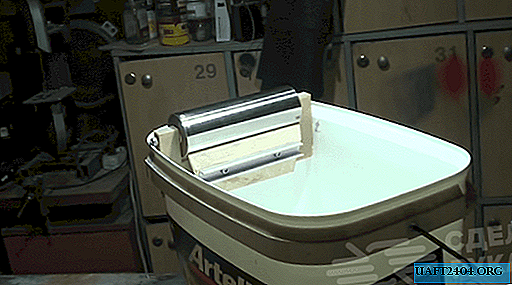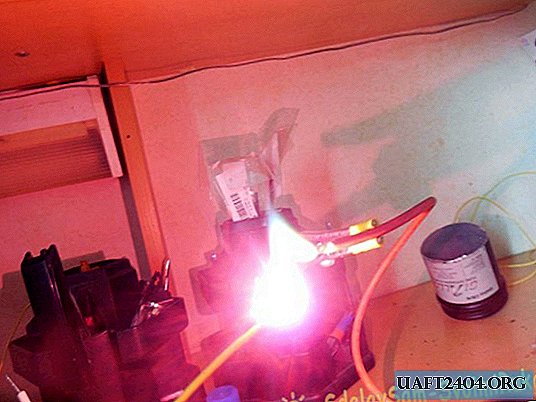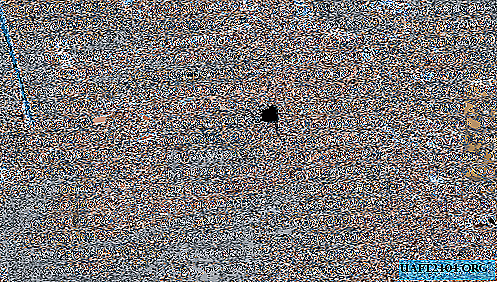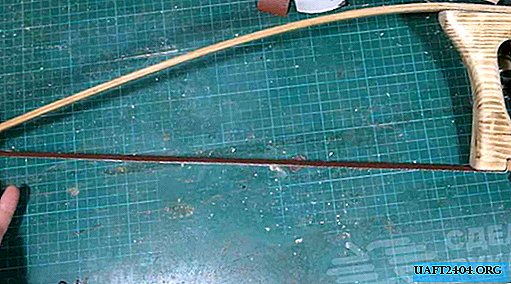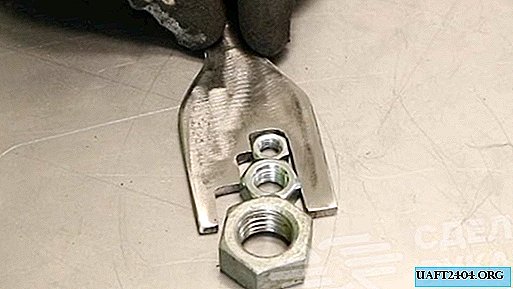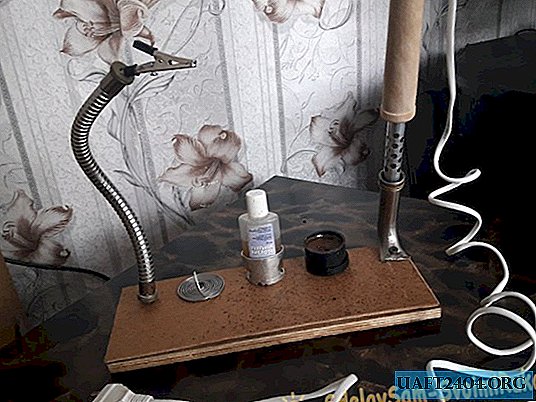Share
Pin
Tweet
Send
Share
Send
All this thanks to the Philips TDA7000 chip, which can be bought without problems on our beloved Ali express - link.
Receiver circuit

Here is the receiver circuit itself. Two more microcircuits were added to it, so that in the end a completely finished device is obtained. We begin to consider the scheme from right to left. On the LM386 running chip, a low-frequency amplifier for a small dynamic head is already assembled, which has already become a classic. Here, I think, everything is clear. A variable resistor controls the volume of the receiver. Further, the stabilizer 7805 is added above, which converts and stabilizes the supply voltage up to 5 V. Which is needed to power the microcircuit of the receiver itself. And finally, the receiver itself is assembled on the TDA7000. Both coils contain 4.5 turns of PEV-2 wire 0.5 with a winding diameter of 5 mm. The second coil is wound on a frame with a ferrite trimmer. The receiver tunes to the frequency with a variable resistor. The voltage from which goes to the varicap, which in turn changes its capacity.
If desired, varicap and electronic control can be abandoned. And the frequency can be tuned with either a tuning core or a variable capacitor.
FM receiver board
I drew the mounting plate for the receiver in such a way so as not to drill holes in it, but to solder everything from the top with SMD components.
Placement of elements on the board

Used the classic technology of LUT for board production.


I printed it, warmed it with an iron, etched and washed off the toner.


Soldered all the elements.

Receiver setup
After switching on, if everything is assembled correctly, you should hear a hiss in the dynamic head. This means that everything is working fine so far. All tuning comes down to tuning the circuit and selecting a range for reception. I am tuning by rotating the core of the coil. As the reception range is configured, the channels in it can be searched for with a variable resistor.
Conclusion
The microcircuit has good sensitivity, and a large number of radio stations are caught on a half-meter length of wire, instead of an antenna. The sound is clear, without distortion. Such a scheme can be applied in a simple radio station, instead of a receiver on a super-generative detector.
Watch the video of work
source
Share
Pin
Tweet
Send
Share
Send

